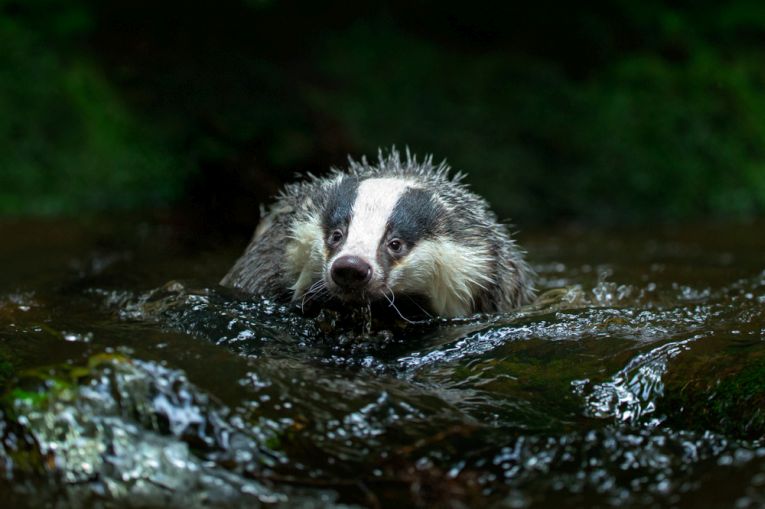In developed countries, population sometimes occupies so much of the land that there is precious little area remaining for a true rural situation. While the recently-colonised
US has 90% of its area classified as rural, European countries such as the overcrowded UK (mainly England) have 679 people in every square mile (262 /km2) with the Netherlands and Belgium even more crowded. The real comparison is with the 84 people per square mile (32.5/km2.) in the US. Rural protection is the issue in the UK here, where planning rules are likely to lower the percentage of rural England even further!
This means that wilding in the form of wolves and bears in North America is widely practiced. The situation in Western Europe is so different. It is steadily frowned upon by many, while the idea of even beavers practicing their arts near a major UK city is anathema to those who never leave their privatised urbanity. Recent improvements in wildlife protection have led to an increase in red kite, osprey and sea eagle for a decade and more, mainly in the north and west. But the mammals in the UK suffer badly from urban sprawl. Some become urban, such as the fox and the recently-traumatised badger population. The hedgehog is declining fast though, while dormouse and water vole (predated by invasive mink) may have reversed a severe decline over 50 years.
Invertebrates resemble either the 3 raptors in increasing, often because of warmer temperatures, or the suffering mammals when their habitats are bulldozed or some mysterious cause results in the loss of the garden tiger moth or the many invaluable bee species that we are decimating. Migrants of all kinds seem to have some kind of predation increasing at all stops on their route. Swallows, as in the US, have virtually disappeared in places over the last 2 years, while farmland birds are declining, presumably due to pesticides or similar influences. Even widespread starlings and blue tits are disappearing. The cause would be linked to their diet, according to ornithologists who study them.
The US has its own swallow problem, although the cause could be the same. Disappearing monarchs are a particular problem. The butterfly is famous for its Mexican hibernation. Americans fond of visiting this site may find they are returning alone, as the insect drops in numbers every year. With so much wilderness remaining, the American Plains as well as the mountains are more likely to lose any species with special local requirements for swamp or local food-plant.
Hunting is the key issue in the US, as few people in Britain carry any guns. The hunting and fishing groups maintain their position as protectors of wildlife by culling deer (elk), but over-emphasise their role in predator control. The amazing relationships between 2 wolf species and the coyote is described in this interesting paper. Where deer species overpopulate areas, tree cover usually suffers and even riverine habitats become unusable for important species, as has been found in California's Yellowstone. The most important issue is to control people who may like to bring home the bacon, but fail to appreciate the role of minor players in the natural ecosystem.
For a holiday season, the important points are in enthusing younger people in the wild, its sport, its pacific moods and all else that it offers and reminding the more aged of responsibilities for the life that exists outside your triple glazing!










